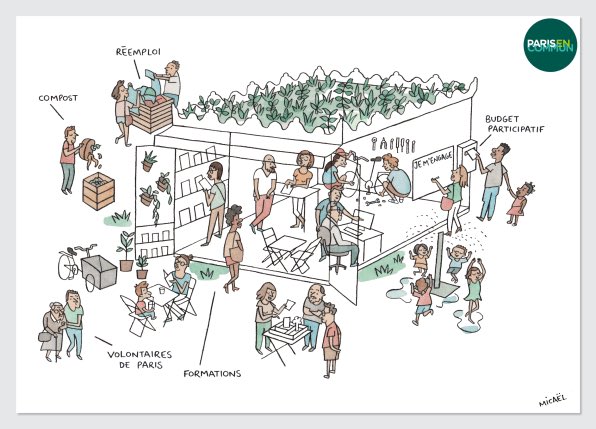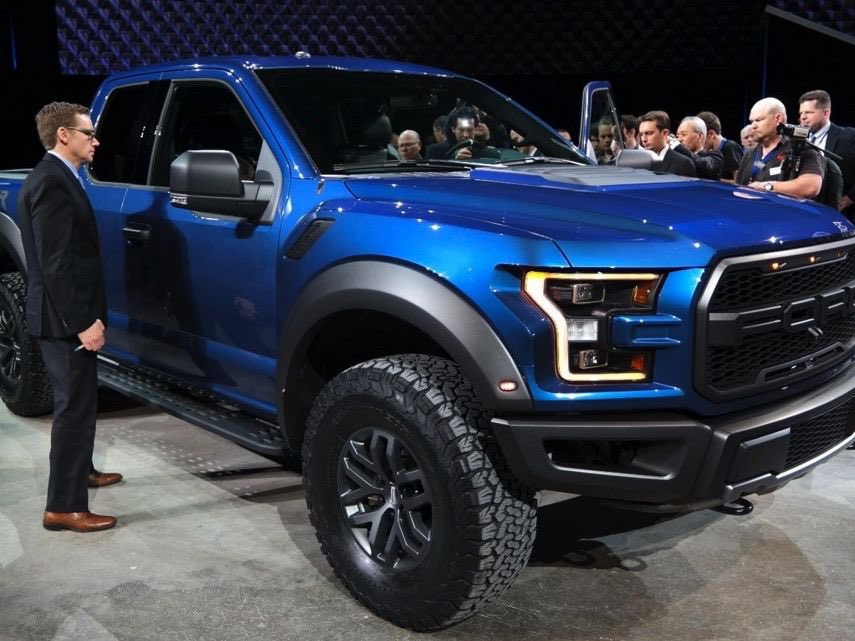
One of the biggest municipal public policy mistakes I see happening in many cities is a political tendency to focus almost entirely on the construction of below-market housing when trying to tackle “affordability.” Affordability is complex, & solutions need to be equally complex.
For example, if local politicians send the message that they don’t want to see new ownership housing, or even market rental housing, because “what we REALLY need are below-market homes,” the resulting supply slowdown means ownership & rental housing will get even MORE expensive.
“In America, housing is a commodity to be bought and sold like a car. The result is that those with means have a place to live, and those without means do not. We must change this paradigm.” — former San Francisco chief planner John Rahaim. @HarvardGSD
gsd.harvard.edu/2021/06/john-r…
gsd.harvard.edu/2021/06/john-r…
By focussing on below-market affordable housing projects only, some politicians have empowered the narrative that projects that “aren’t affordable enough” should be rejected, fuelling general unaffordability & arming those who block needed change with a new anti-change excuse.
• • •
Missing some Tweet in this thread? You can try to
force a refresh




















